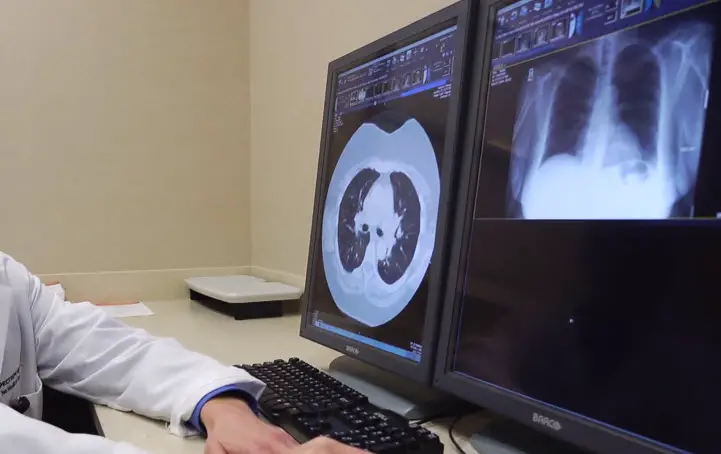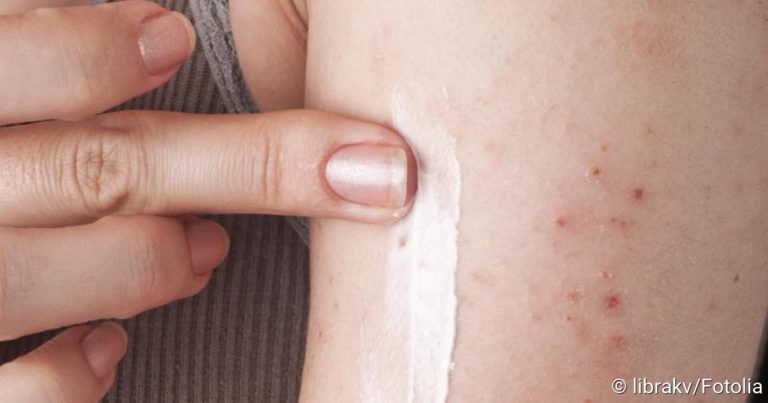Diabetes Blood Sugar Levels
Diabetes Blood Sugar Levels
Most important Diabetes values, the fasting blood glucose value (4), and the HbA1c value (5) are used to make a diagnosis and to check the success of the treatment (6). The oral glucose tolerance test (oGTT) can also be used to detect a preliminary stage of diabetes (“prediabetes”) (1). Since elevated diabetes blood sugar levels cause massive damage to the entire organism in the long term (2), the values should be checked regularly (3). Here you can read everything important about diabetes values.
ICD codes for this condition are E11, E10, E13, O24, H36, E12, and E14

At what point is diabetes diagnosed?
Internationally widespread (especially also in the US), however, it is measured in millimole per liter (mmol/l). You can calculate your diabetes values with the help of a diabetes calculator from your doctor. Blood glucose is usually measured in milligrams per deciliter (mg/dl) in other countries (7).
The most important values are fasting blood sugar and HbA1c value. The latter is also known as “long-term blood sugar memory” (8). In addition, conspicuous values in the oral glucose tolerance test (oGTT) can indicate a preliminary stage of diabetes (“pre-diabetes”) or diabetes. The detection of sugar in the urine is also used for diagnosis.
Fasting blood sugar
Fasting blood glucose value is the most important of diabetes blood sugar levels for diabetes diagnostics. In a healthy person, it is between 60 and 99 mg/dl or 3.3 and 5.6 mmol/l. If the fasting blood glucose is between 100 and 125 mg/dl, this is called impaired fasting glucose (IFG).
At values above 125 mg/dl the presence of diabetes mellitus is already very likely. However, the value should first be determined a second time in order to rule out incorrect measurements.
Also note: After eating a meal, blood sugar levels in healthy people rise to values of up to 140 mg/dl. Blood glucose should therefore only be determined after eight hours of abstinence from food (dietary restrictions).
Diabetes – HbA1c (long-term blood sugar level)
In both healthy people and diabetics, sugar molecules attach themselves to a part of the red blood pigment (hemoglobin). The hemoglobin loaded with sugar is called glycohemoglobin A (also HbA1c). Normally, however, no more than 5.7 percent of hemoglobin has a sugar molecule attached.
Due to the permanently elevated blood sugar values, a higher proportion of the hemoglobin in diabetics is loaded with a sugar molecule. Since the red blood cells live for about 120 days on average, the HbA1c value is suitable as a long-term diabetes value and thus provides information about the blood sugar level of the last eight to twelve weeks.
Daily fluctuations do not affect the HbA1c value. The determination of the HbA1c is primarily used to monitor the success of treatment.
Oral glucose tolerance test (oGTT)
If diabetes mellitus or a diabetes precursor is suspected, the oral glucose tolerance test (oGTT) can be used. The patient is given a fasting blood sample (after an eight-hour food withdrawal) and the fasting blood sugar value is determined. The patient should then drink a glucose solution containing 50 or 75 grams of glucose. The sugar solution tastes like sweet grape juice and is well tolerated by most patients.
After 120 minutes a new blood sample is taken to determine the blood sugar level. This two-hourly value provides information on how much of the glucose absorbed from the blood was absorbed into the cells with the help of insulin. Two-hour values above 200 mg/dl make diabetes mellitus very likely. If diabetes is known, the oGTT must not be used to avoid blood sugar derailments.
Desired diabetes blood sugar levels in the course of treatment
The diabetes blood sugar levels to be aimed for should always be discussed individually with the doctor treating you. This is because they differ depending on the constitution and age of the patient. However, diabetes blood sugar levels normal values recommended may apply to most patients. They differ only slightly for type 1 diabetics and type 2 diabetics.
Diabetes type 1 values
With diabetes type 1, the diabetes blood sugar levels should be kept constant in a range of around 100 mg/dl with the help of the insulin supply (insulin syringe, pump). The HbA1c value should be below 7.5 percent. The sugar levels should be adjusted as accurately as possible, but without risking hypoglycemia.
Diabetes type 2 values
For type 2 diabetes, treatment is controlled by the fasting blood glucose level and the HbA1c level. For a type 2 diabetic, the fasting blood glucose value should be between 80 and 120 mg/dl before a meal. If it is higher, the medication must be adjusted.
If concomitant diseases such as high blood pressure (hypertension), kidney damage (nephropathy), or a lipid metabolism disorder (hyperlipidemia) are present, these must be treated as well, as too high blood sugar levels aggravate these diseases. It is recommended an HbA1c value between 6.5 and 7.5 percent. However, the individual needs of patients should also be taken into account. For example, an HbA1c value of 8.0 might still be tolerable in older patients.
Check diabetes blood sugar levels regularly!
The above-mentioned values, especially the HbA1c value, should be checked regularly. If you measure your fasting blood glucose level daily, keep a log for self-assessment. Consult your doctor immediately as soon as you notice that you can no longer adjust your blood sugar level correctly.
Good blood sugar control, where you measure diabetes blood sugar levels is essential to prevent or at least delay the serious diabetic secondary damage to the kidney, the retina of the eye, and the blood vessels. An annual ophthalmological examination is recommended in addition to regular blood glucose monitoring. If you are in any doubt, your attending physician will inform you about the diabetes levels to be aimed for.





